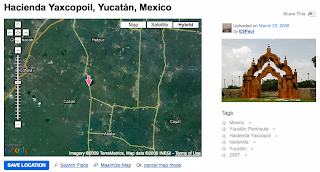 Have you ever been frustrated by the glass separating you and a rare book in a display case? Then you will appreciate that the British Library makes a number of its most important books available online with its interactive Turning the Pages technology. This simulates the experience of actually flipping through the books page by page. Choose from titles such as Vesalius's famous anatomy treatise, de Humanis corporis fabrica; Simon Bening's fifteenth-century Flemish manuscript, the Golf Book; William Blake's notebook; Leonardo's Codex Arundel; and many more. The impressive viewing tool offers features that allow you to zoom, pan, rotate, view annotations, and listen to audio information. Depending on your computer's operating system, you may be prompted to download a free and quick plug-in to use the Turning the Pages software.
Have you ever been frustrated by the glass separating you and a rare book in a display case? Then you will appreciate that the British Library makes a number of its most important books available online with its interactive Turning the Pages technology. This simulates the experience of actually flipping through the books page by page. Choose from titles such as Vesalius's famous anatomy treatise, de Humanis corporis fabrica; Simon Bening's fifteenth-century Flemish manuscript, the Golf Book; William Blake's notebook; Leonardo's Codex Arundel; and many more. The impressive viewing tool offers features that allow you to zoom, pan, rotate, view annotations, and listen to audio information. Depending on your computer's operating system, you may be prompted to download a free and quick plug-in to use the Turning the Pages software.The British Library's Turning the Pages software is also used by a increasing number of other libraries around the world, including the National Library of Medicine, the Wellcome Library, and the Natural History Museum. Good news for students and scholars, who might have access to much of the content in other formats, but without the cohesive context provided by these virtual book experiences.
Image: Depictions of the noble house Zion with its parterres, ponds, gardens and woods belonging to the well and noble-born lord, the lord of Hogendorp, Receiver General of the United Netherlands, Bailiff and Dikegraf of the town and barony of Steenbergen etc., Dutch Baroque Gardens, 1718-1748. From Turning the Pages, the British Library.






